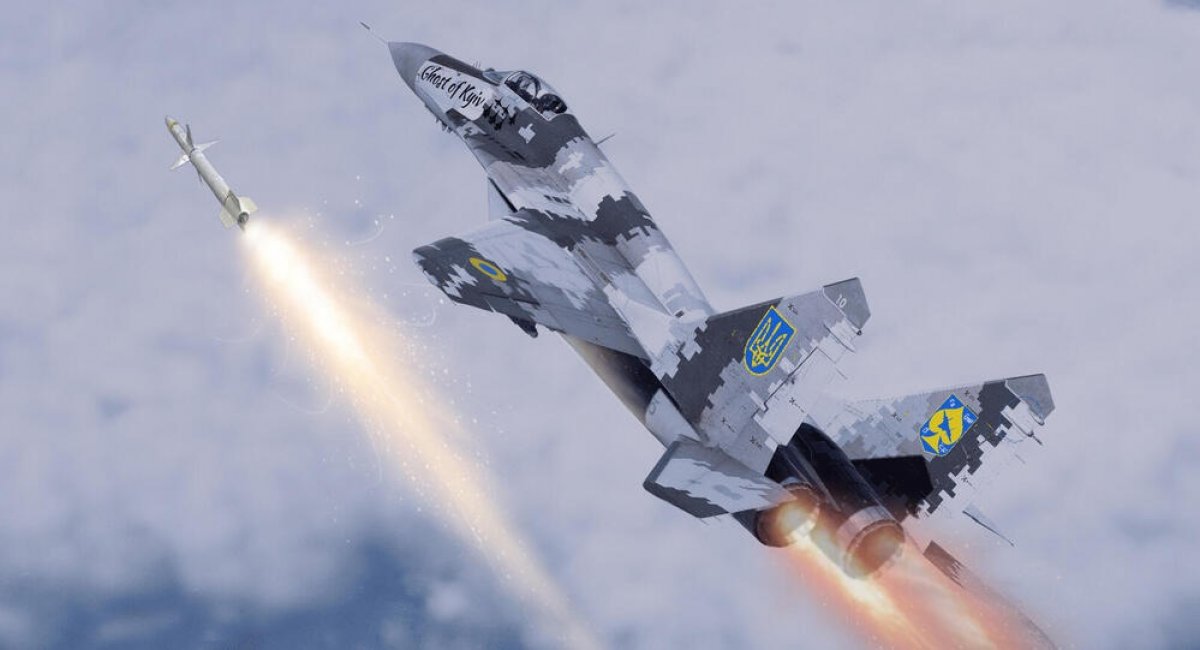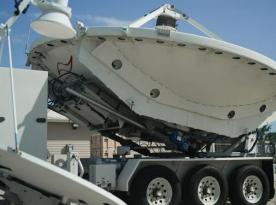Earlier Politico reported that the United States is working to adapt Ukrainian MiG-29 jets to carry AIM-120 AMRAAM air to air missiles, and the problems related to this task were described as follows: how can you make a missile talk to the on-board electronics, so that the firing of AIM-120 is effective.
Meanwhile, The Drive had a more in-depth look at the issue and provided a wider picture of the scale of works needed to make it work. In summary, the project of adapting Soviet fighters to carry AMRAAM missiles is unpromising and leads to nowhere.
Read more: What Problem Must Be Solved to Integrate American AIM-120 Air-to-air Missiles on Soviet MiG-29 Fighter Jet

For starters, The Drive authors say that the basic task is not only to provide MiG-29 with the physical capability to launch AIM-120 missiles but to "make sure the weapon can safely separate from the aircraft under various aerodynamic scenarios." On the first glance, it sounds quite abstract but we must mention here that, for example, in order to launch AGM-88 HARM missiles, a Ukrainian aircraft has to raise its nose more than 30 degrees upward.

The necessity to provide a steady "talk" between the onboard electronics on the fighter and the AIM-120 missile has a practical application as well: based on the modification, the distance to the target during the lunch can vary from 50-70 km to 180 km (the most advanced modification AIM-120D). To ensure the maximum firing range possible, the aircraft must have contact with the missile even after the launch. According to the assessment by several military experts asked by Defense Express, such an adjustment will require replacing up to 60% of the onboard electronics.
Another interesting issue raised by The Drive journalists is, which exact modification of the AIM-120 to adapt the MiG-29 fighters for.
There is the basic version called AIM-120A that was adopted by the US military back in 1991, there is an AIM-120B with a modernized guidance system adopted in 1994. Then there is the AIM-120C, the first versions of this missile started to arrive in the US military starting 1996. The last one has different looks due to the clipped fins (a requirement to adapt it for the F-22 Raptor) and an improved guidance system with jam-resistant radar seekers and upgraded rocket motors.

Lastly, there is the most advanced version in this branch, the AIM-120D with a firing range of 180 kilometers.
But all these impressive characteristics of the AMRAAM missile are pointless if the Ukrainian MiG-29 radars cannot see as far and thus cannot lock the AIM-120 onto the target.

The reason to work on all these adjustments for the MiG-29 is that the stocks of the R-27 missiles currently used by the Ukrainian Air Force are limited.
That said, it looks quite illogical that the Americans first adapted the Ukrainian fighters to carry AGM-88 HARM missiles and JDAM gliding air bombs, and then started to work on AIM-120 only just now. The Drive explains it by the fact that adaptation for HARM and JDAM did not require any significant changes to the aircraft itself, so the process did not encounter any serious issues.

The Drive believes that as soon as Ukrainian MiG-29 jets are adapted to carry AIM-120 missiles, the Ukrainian fighters will have much wider capabilities to fight off not only russian aviation but cruise missiles and Shahed-type drones as well.
However, given all the issues mentioned above, the reality looks the opposite: the adaptation of Soviet type fighters for western AMRAAM missiles looks unpromising, so it would be more efficient to consider providing Ukraine with the standard carriers of AIM-120 missiles instead. For example, to send F-16 which has already become the main point of discussion for the last few months.
Read more: Ukrainian Pilots in the US: Why It's Not About F-16 But A-10 or Maybe Even More Interesting Options














